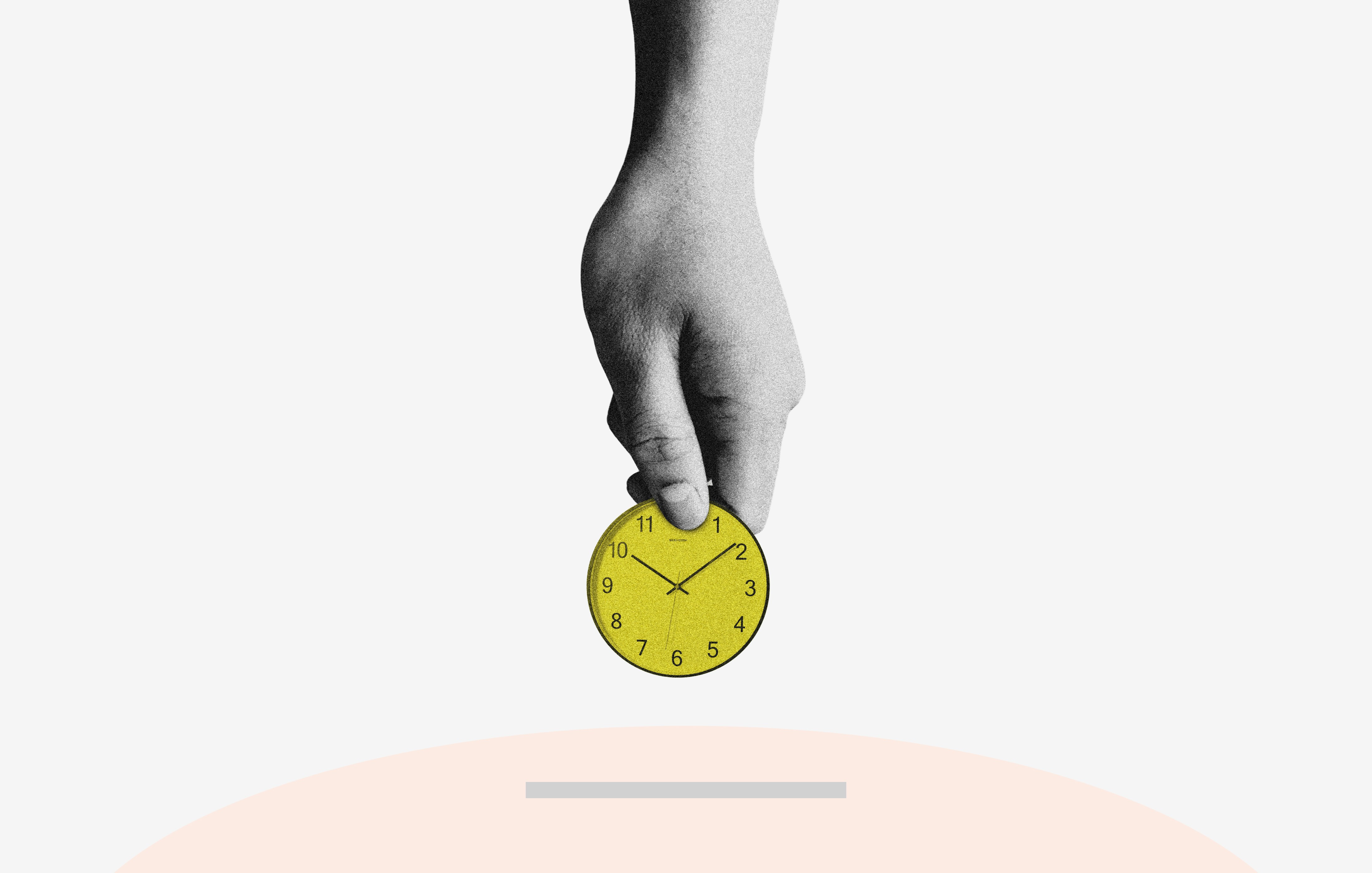The Cost Of Outpatient Rehab For The Elderly
Discover the cost of outpatient rehab for the elderly. Uncover financial assistance programs and insurance coverage options. Empower caregivers today!

Understanding Outpatient Rehab Costs
When considering rehab options for the elderly, understanding the costs associated with outpatient rehab is essential. Outpatient rehab offers a more cost-effective alternative to inpatient rehab, as seniors can receive treatment while living at home. The lower cost of outpatient rehab can be attributed to the absence of amenities, round-the-clock nursing care, and other services provided at inpatient facilities. Seniors attending outpatient rehab only pay for the services they utilize, resulting in a more affordable option for many individuals and their families.

Cost Comparison: Outpatient vs. Inpatient Rehab
Comparing the costs of outpatient and inpatient rehab reveals a significant difference in expenses. Inpatient programs are generally more expensive due to the higher costs of housing, intensive care, and round-the-clock services. On the other hand, outpatient rehab allows seniors to maintain their independence by residing at home, resulting in lower overall costs.
Figures courtesy Caring Senior Service and Addiction Center
Factors Affecting Outpatient Rehab Costs
Several factors influence the cost of outpatient rehab for the elderly. These factors include:
- Length and Frequency of Treatment: The duration and number of treatment sessions required may impact the overall cost. Longer and more frequent sessions may result in higher expenses.
- Type of Services: The specific services needed during outpatient rehab can vary depending on the individual's condition and requirements. The cost will depend on the types of therapies, counseling, and other treatments provided.
- Location: The cost of outpatient rehab may vary depending on the geographic location, with centers in states with a higher cost of living potentially charging more for their services.
- Insurance Coverage: Many healthcare insurance providers offer coverage for outpatient rehab, which can significantly reduce out-of-pocket expenses. The coverage amount may vary based on the insurance policy and the specific treatment plan.
It's important for caregivers and seniors to consider these factors when exploring outpatient rehab options. By understanding the costs and factors involved, individuals can make informed decisions that meet their healthcare needs while also considering their financial circumstances.
Financial Assistance Programs for Seniors
Taking care of the elderly can come with financial challenges, especially when it comes to the cost of outpatient rehab. However, there are several financial assistance programs available to help alleviate the financial burden. Here are some programs that offer support to seniors:
Optometric Services for Seniors
Seniors aged 65 and above may be eligible to receive certain optometric services, such as eye exams, free of charge. This program aims to ensure that seniors can access necessary eye care services without the added financial strain.
Financial Assistance for Domestic Help Services
The Financial Assistance Program for Domestic Help Services provides a reduction in the hourly rate charged for domestic help services, including housekeeping and meal preparation. To qualify for this program, the services must be provided by a social economy business recognized by the Ministère de la Santé et des Services sociaux. This program assists seniors in accessing affordable domestic help services.
Meal Delivery Programs for Seniors
Meal delivery programs, such as Meals on Wheels, offer healthy and nutritious meals at an affordable cost. These services are specifically designed for seniors and individuals with disabilities. Through these programs, seniors can receive regular meal deliveries to ensure they have access to nutritious food.
Shelter Allowance Program
The Shelter Allowance Program provides financial assistance to low-income households that allocate a significant portion of their budget to housing. This program aims to help seniors who may be struggling to afford adequate housing by providing financial support.
Refundable Tax Credit for Seniors
Seniors aged 70 and over can benefit from a refundable tax credit. This tax credit applies to expenses incurred for personal care services, such as nursing care and hygiene, as well as housekeeping, grounds maintenance, and snow removal services. By claiming this tax credit, seniors can receive financial assistance for these necessary services [2].
These financial assistance programs provide much-needed support to seniors who are seeking outpatient rehab. By taking advantage of these programs, caregivers can help alleviate the financial burden and ensure that their loved ones have access to the care they need.
Cost of Outpatient Drug Rehab
Outpatient drug rehab services provide treatment for individuals struggling with substance abuse without requiring them to be admitted as inpatients. This section will provide an overview of the costs associated with outpatient drug rehab, factors that influence these costs, and state-by-state cost variances.
Overview of Outpatient Drug Rehab Costs
The cost of outpatient rehab for seniors is generally lower compared to inpatient treatment due to the ability for seniors to live at home during outpatient rehab. This cost difference can be attributed to the absence of amenities, round-the-clock nursing care, meal preparation, and other services provided 24/7 at an inpatient facility. Seniors attending outpatient rehab only pay for the specific services they utilize.
The cost of outpatient drug rehabilitation can vary significantly based on the services provided, duration of treatment, and the quality of the facility. According to the National Center for Drug Abuse Statistics, the average cost of drug rehab per person is $13,475. However, it's important to note that costs differ between outpatient, inpatient, and residential treatment options.
Factors Influencing Drug Rehab Costs
Several factors can influence the cost of outpatient drug rehab, including:
- Duration of treatment: The length of the treatment program can impact the overall cost. Longer programs may incur higher costs compared to shorter ones.
- Services provided: The specific services offered as part of the outpatient rehab program can vary, such as individual therapy, group therapy, medication management, and specialized treatments. The inclusion of additional services may increase the overall cost.
- Location: The geographical location of the outpatient rehab facility can affect the cost. Treatment centers in urban areas or regions with higher living costs may have higher fees compared to those in rural or less expensive areas.
- Facility reputation and amenities: The reputation and amenities of the facility can also influence the cost of outpatient drug rehab. Facilities offering premium services and a higher level of comfort may have higher fees than basic outpatient clinics.
State-by-State Cost Variances
The cost of outpatient drug rehabilitation can also vary from state to state. According to statistics from the National Center for Drug Abuse Statistics, Alabama, Massachusetts, North Carolina, and California share similar average costs for outpatient drug rehab services. On the other hand, Idaho is known for being among the cheapest states for outpatient drug rehab, as well as residential rehabilitation services. It's worth noting that Idaho also ranks 4th in the abuse of prescription opioid painkillers for non-medical usage.
Understanding the cost factors and state-by-state variances can assist individuals and caregivers in making informed decisions about outpatient drug rehab options for their loved ones. It's essential to assess the specific needs, budget, and quality of care when considering outpatient drug rehab services to ensure the best possible outcomes for seniors seeking treatment.
Financial Challenges for Seniors
As seniors navigate their golden years, they may face various financial challenges that can impact their ability to afford necessary services, including outpatient rehab. Here are some key issues that elderly individuals may encounter:
Rising Medical Debt for Older Adults
Medical expenses can quickly accumulate, leading to substantial debt for older adults. In 2020, the medical debt of older adults reached nearly $54 billion, reflecting a 20% increase from the previous year. This surge highlights the significant financial burden that high medical bills impose on seniors.
Student Loan Debt Among Seniors
Surprisingly, student loan debt is not solely limited to younger generations. In fact, Americans aged 60 and older carry a total student loan debt of $125 billion. This significant increase compared to previous years indicates a growing issue of seniors burdened by student loan debt [4].
Impact of Increased Mortgage Debt
The elderly population has also experienced a substantial increase in mortgage debt. For adults aged 65 to 79, the median mortgage debt has risen by 400%, while those 80 and older have seen a staggering 750% increase. These rising figures present significant financial challenges for older individuals, as they navigate their retirement years while managing mortgage payments.
Managing Healthcare Expenses in Retirement
Approximately 40% of retirees reported that their healthcare expenses in retirement were higher than expected. This underscores the importance of financial assistance programs to help seniors cope with the costs associated with healthcare. Planning and managing healthcare expenses effectively becomes crucial to ensure seniors receive the care they require without compromising their financial well-being.
Assistance Programs for Seniors
To alleviate the financial burden faced by seniors, various assistance programs are available. One such program is the Supplemental Nutrition Assistance Program (SNAP), which provides monthly stipends to low-income seniors to help with grocery expenses. Eligibility for SNAP is determined based on the maximum gross monthly income, which is set at 130% of the federal poverty level. These programs aim to support seniors in managing their living costs, including food expenses.
Navigating the financial challenges that seniors encounter is vital to ensure they have access to the necessary services, including outpatient rehab. By exploring financial assistance programs and understanding the resources available, caregivers can help their elderly loved ones receive the care they need while managing their financial situation effectively.
Insurance Coverage for Rehab Services
When it comes to the cost of outpatient rehab for the elderly, healthcare insurance can play a crucial role in alleviating the financial burden. Many healthcare insurance providers offer coverage for alcohol or drug rehab, although the extent of coverage may vary. Factors such as the patient's level of treatment, length of stay, insurance coverage, and individual policy details can influence the out-of-pocket expenses [5].
Role of Healthcare Insurance in Rehab Costs
Healthcare insurance plans, including those participating in the insurance marketplace, are required to provide care in essential health categories, one of which is addiction care. This means that addiction treatments are considered a covered benefit, ensuring that care is provided to anyone with an addiction, regardless of the substance involved. Private health insurance plans often follow similar rules, offering coverage for addiction treatment.
Essential Health Categories for Addiction Care
The coverage for addiction care falls under the essential health categories mandated by healthcare insurance providers. These categories encompass a wide range of services, including preventive care, hospitalization, mental health services, and addiction care. By including addiction care as an essential health category, insurance providers aim to ensure that individuals receive the necessary treatment for their substance use disorders.
Coverage of Maintenance Medications
Medicare and Medicaid plans may provide coverage for maintenance medications like Suboxone, buprenorphine, and Antabuse if they are deemed vital for the ongoing health of the person in recovery. However, coverage may not be provided if the individual is considered capable of healing without these medications. It's important to consult with the insurance provider to understand the specific coverage details regarding maintenance medications.
Societal Cost of Addiction and Treatment Benefits
The cost of addiction extends beyond the individual and can have a significant impact on society. The societal cost of addiction, including lost productivity, premature death, and crime, is estimated to be more than $532 billion per year. Investing in addiction treatment is not only a matter of saving lives but also a worthwhile investment for society as a whole. Research has shown that every dollar invested in substance abuse centers saves $4 in healthcare costs and $7 in law enforcement and criminal justice costs. These figures highlight the importance of providing comprehensive coverage for addiction treatment and the potential benefits it can yield.
Understanding the role of healthcare insurance in rehab costs is essential for caregivers seeking outpatient rehab services for the elderly. By exploring insurance coverage options, caregivers can better navigate the financial aspects of rehab and ensure that their loved ones receive the necessary treatment for their recovery journey.
Public Assistance for Addiction Treatment
Access to affordable addiction treatment is crucial, especially for the elderly population. There are various public assistance programs and grants available to support individuals seeking rehab services. In this section, we will explore some of these options and their benefits.
Utilizing SAMHSA Grants for Rehab
SAMHSA grants, provided by the Substance Abuse and Mental Health Services Administration, are federal funds allocated to support substance abuse and mental health services. These grants can help cover the cost of treatment and support services for individuals who don't have insurance or have limited financial resources. SAMHSA grants are a valuable resource for those seeking addiction treatment and can provide access to necessary care.
Investment Benefits of Substance Abuse Centers
Research has shown that investing in substance abuse centers has significant benefits. Every dollar invested in a substance abuse center saves $4 in healthcare costs and $7 in law enforcement and criminal justice costs. Substance abuse treatment has an average cost of $1,583 per person but is associated with a cost offset of $11,487, resulting in a greater than 7:1 benefit-cost ratio. These statistics highlight the importance of investing in drug and alcohol rehab programs for both individuals and society as a whole.
Admissions at Publicly Funded Treatment Centers
Publicly funded treatment centers play a vital role in providing addiction treatment to individuals who may not have the financial means to access private facilities. These centers receive funding from various sources, including government and charitable organizations, allowing them to offer affordable or no-cost treatment options. Admissions at publicly funded treatment centers can provide the necessary support and care for individuals seeking addiction treatment.
Coverage Options for Addiction Treatment
In addition to public assistance programs, it's important to explore different coverage options for addiction treatment. Insurance coverage can help offset the cost of rehab services, including outpatient treatment. It's crucial to review insurance policies to understand the extent of coverage for addiction treatment and any associated costs. Seeking clarification from insurance providers can help determine the coverage available for outpatient rehab services.
Importance of Public Funding
Public funding for addiction treatment plays a significant role in ensuring that individuals, including the elderly, have access to necessary care. The societal cost of addiction is substantial, exceeding $532 billion per year, considering lost productivity, premature death, and crime. Treatment not only saves lives but also has a positive impact on healthcare costs and law enforcement expenses. Public funding for addiction treatment is a worthwhile investment for communities, as it leads to improved outcomes and reduced societal costs.
By utilizing public assistance programs, grants, and publicly funded treatment centers, individuals can access the addiction treatment they need, even when facing financial challenges. These resources help ensure that rehab services are accessible to all, including the elderly population. The investment in addiction treatment benefits individuals, families, and society as a whole, paving the way for recovery and a healthier future.
References
[1]: https://www.caringseniorservice.com/blog/understanding-outpatient-rehab
[2]: https://www.quebec.ca/en/family-and-support-for-individuals/seniors/programs-services-for-seniors
[3]: https://drugabusestatistics.org/cost-of-rehab/
[4]: https://www.debt.org/advice/financial-assistance-for-senior-citizens/
[5]: https://americanaddictioncenters.org/insurance-coverage
[6]: https://americanaddictioncenters.org/rehab-guide/public-assistance

































































































